Chemistry
The power of attraction
Hybrid organic-inorganic materials can self-assemble into tiny doughnut-like structures.
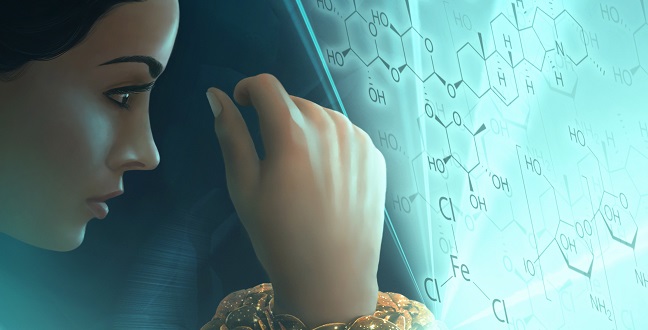
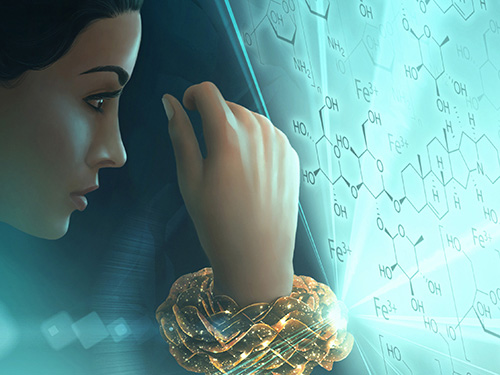
Coordination-driven self-assembly leads to the formation of micrometer-scale toroids.
© 2016 KAUST Xavier Pita
Engineered nanometer- and micrometer-scale structures have a vast array of uses in electronics, sensors and biomedical applications. Because these are difficult to fabricate, KAUST researchers are trying a bottom-up philosophy, which harnesses the natural forces between atoms and molecules such that microstructures form themselves.
This approach, a departure from the usual top-down approach, involves the etching away of material to leave the desired sculpted structure behind; however, because this approach can be tricky, expensive and time consuming, KAUST researchers became motivated to find a new approach.
Associate Professor of Chemical Science Niveen Khashab and her team and colleagues from the Imaging and Characterization Core Lab and the Max-Planck-Institute of Colloids and Interfaces in Germany demonstrated this bottom-up approach in the selfassembly of microscale toroids (doughnut-shaped forms), made of both inorganic and organic materials1.
A number of forces can bring atoms and molecules together. These include surface tension, electrostatic attraction and repulsion, and a weak fundamental force known as van der Waals interactions. The toroids created by Khashab’s team were formed via metal coordination. A metallic sodium chloride atom, an amphiphilic (both hydrophilic and lipophilic) molecule called saponin and a polymer known as chitosan were combined and formed weak chemical bonds.
This is a result of what is known as coordination-driven selfassembly,” explained Khashab. “The metal ions interact with different chemical motifs, leading to the formation of novel frameworks and morphologies.”
Within just a few minutes, coordination bonding between the iron atoms and the oxygen and the hydrogen in the molecules initially drives the selfassembly of star-like nanostructures. Repulsive electrostatic and hydrophobic interactions then lead to the formation of toroids.
The toroids were approximately 3.9 to 4.8 micrometers in diameter and held their shape even a month after fabrication. Disassembly of the microstructures required five hours of mechanically stirring the solution.
There are numerous naturally occurring biological structures that take a toroid shape; for example, proteins and DNA of some types of viruses and bacteria self-assemble in this way. Many of these are known to play an important role in the formation of pores in biomembranes.
This research could help to build a better understanding of how these complex biostructures are created and provide a way of mimicking them at the molecular level.
“Next, we hope to prepare a new generation of these hybrid structures with a temperature-responsive gap size,” said Khashab. “These toroid structures could be used as pockets for active catalysis and separation.”
References
- Al-Rehili, S., Fhayli, K., Hammami, M. A. … Khashab, N. M. Anisotropic self-assembly of organic-inorganic hybrid microtoroids. Journal of the American Chemical Society advance online publication, 24 October 2016.| article
You might also like
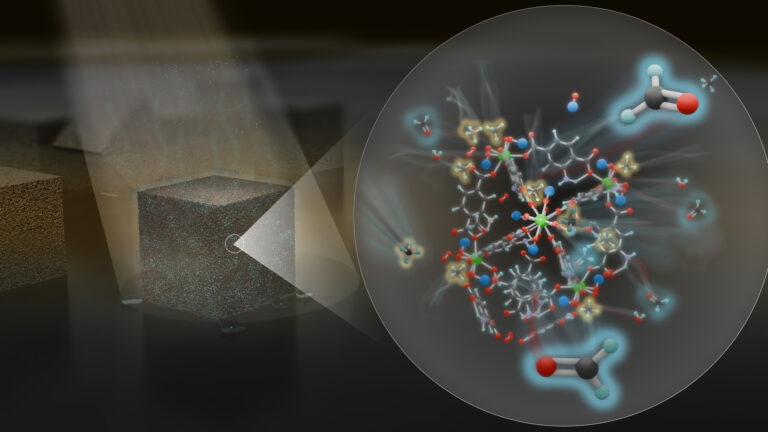
Chemistry
Maximizing methane

Chemistry
Beating the dark current for safer X-ray imaging

Chemical Engineering
Net benefits for advanced materials design
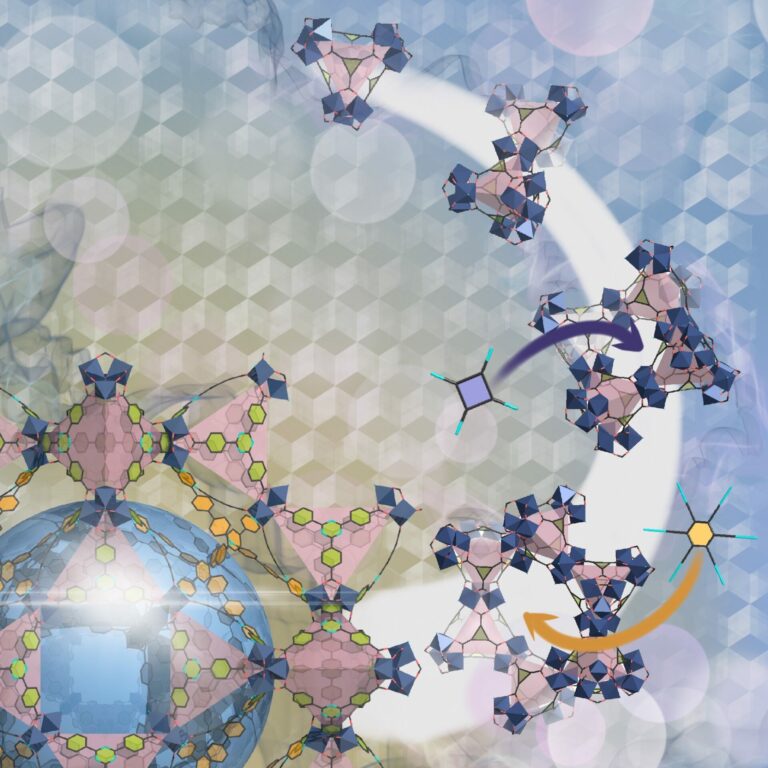
Chemical Engineering
Ancient architecture inspires a window to the future
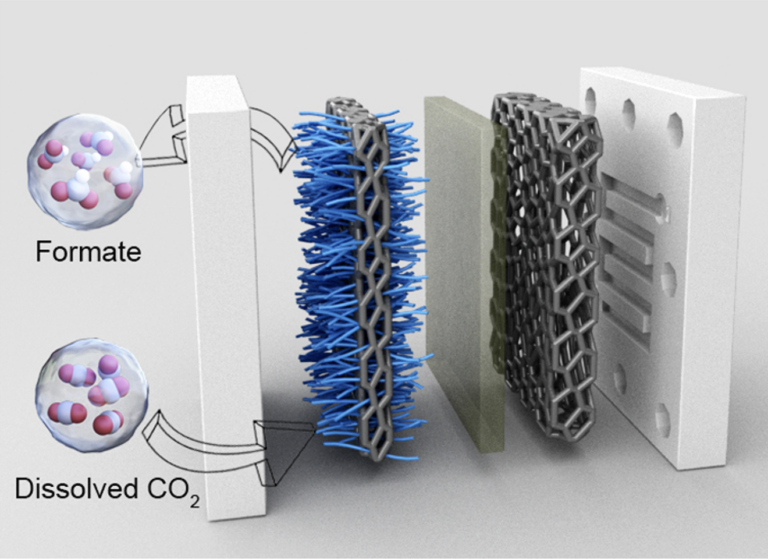
Chemistry
Squeezing more from carbon dioxide
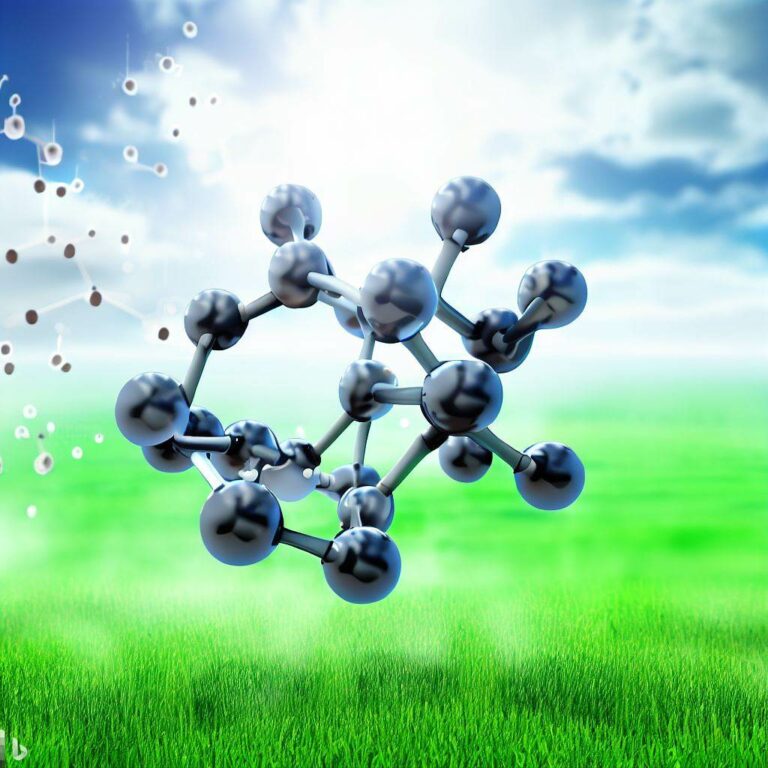
Chemistry
Finding catalytic power in unexpected places
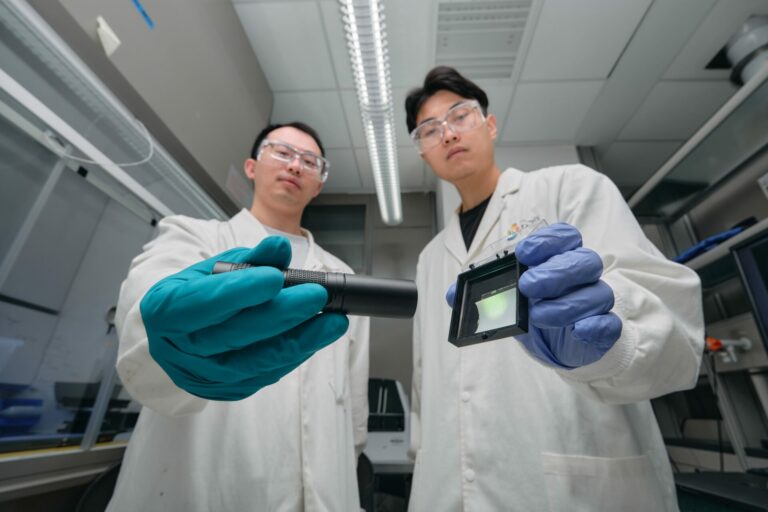
Chemistry
Scintillating new X-ray imaging

Chemistry



